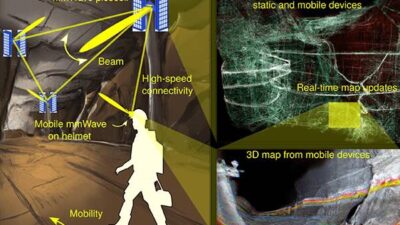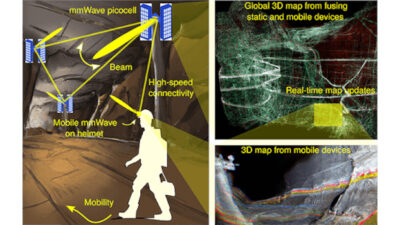Sick offers industrial registration sensors detect contrast, color, luminescence. Array and fork sensors also are available.
Sick registration sensors are used in industries like packaging, wood processing, and paper to detect color, contrast and fluorescent materials. Among the sensors that are available include those to detect contrast, color, luminescence, as well as array and fork sensors.
Contrast sensors are designed to detect minimal amounts of contrast like print marks on packaging or foil. They can also reportedly detect differences in gray values between mark and background on matte, gloss or transparent surfaces.
Color sensors reportedly use a three-color method (red, blue, green) on tested objects and calculate the chromaticity coordinates from the reflected radiation and compare it to the stored reference.
Luminescence sensors react to luminescent pigments, which are reportedly activated by the UV light source. The substances convert the UV light into long-wave visible light. Light reflected is received and evaluated by the sensor.
Array sensors operate according to scanning principles. It is designed to detect gray value difference within its vision field. Widths, diameters and gaps can also reportedly be detected.
Fork sensors reportedly combine the sender and receiver in one housing with a fixed distance between the two, called the “fork width.” It is designed to detect difference in light attenuation.
www.sickusa.com
Sick
– Edited by Chris Vavra, Control Engineering, www.controleng.com



